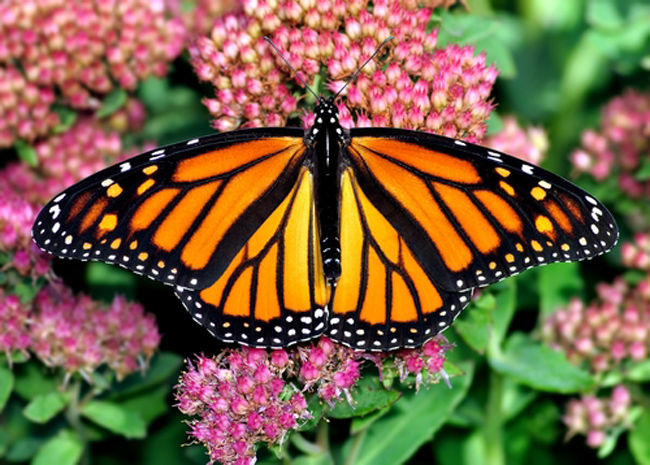
Eco-Friendly Backyard
A backyard is a great addition to your home. It increases the property value, it can be used as a venue to entertain guests, and you can create a nice home garden that can be either decorative or eatable, based on your preferences.
It’s possible to create a backyard that meets all of these needs while still being eco-friendly and with low to no increase in your overall carbon footprint. The work needed to set up the garden will probably involve mostly machinery and, therefore, mostly carbon, while the maintenance itself should be natural.
Native plants
The first choice to make is about the plants you want to use in the yard. Partly, this is a matter of preferences and personal aesthetic, but partly, it should also be a decision made based on the environmental concerns you might have. Using local plants means they will be able to grow and prosper in your climate.
It’s also important to choose plants based on when they bloom and how they react to weather changes. That way you can have a backyard garden that blooms throughout the year.
Ground cover
The most used plant in modern urban gardens is probably plain grass. It’s decorative and relatively easy to maintain. However, it’s also one of the most demanding and least rewarding plant cultures out there. It takes regular mowing and it requires a lot of water to be maintained. On the other hand, it has no other purposes than being decorative.
Using moss is probably the best alternative, since it doesn’t need to be maintained that often, it’s green and it looks like ordinary grass. On top of that, it keeps the same lush look regardless of how strong the heat is.
A seating area
A seating area is the central part of the backyard if you plan to use it for garden parties and relaxing in the shade after a long day. It’s best to use carports to cover the area you intend to use, and to protect it from the harsh sun during the summer and from rains during the autumn.
The choice of seating arrangements should also be made with the environment in mind, so you should ask around about the type of wood used for patio furniture. It’s possible to find the furniture that’s recycled yet comfortable and modern-looking.
Fertilizer
The use of fertilizer in an eco friendly garden should be minimized or cut out entirely. A natural garden is both, better looking and less harmful for the environment. This means that some of your plants might not look as lush and large as you have imagined them, but they will be a natural part of their surroundings and completely home-made.
There are middle ground options as well, such as using compost or other natural fertilizers. Creating your own compost takes time and requires a bit of infrastructure. Another way to go is to buy compost from a farmer in your area. It’s more costly but it’s a worthy investment to make.
An eco-friendly backyard is relatively easy to make and it adds a lot to the property since it can be used in so many different ways. It’s perfectly fine to start with a smaller backyard garden and then add a seating area and other features later on.
 WhosGreenOnline.com Your Online Magazine and Directory for Green Business, Product, Service and News!
WhosGreenOnline.com Your Online Magazine and Directory for Green Business, Product, Service and News!


